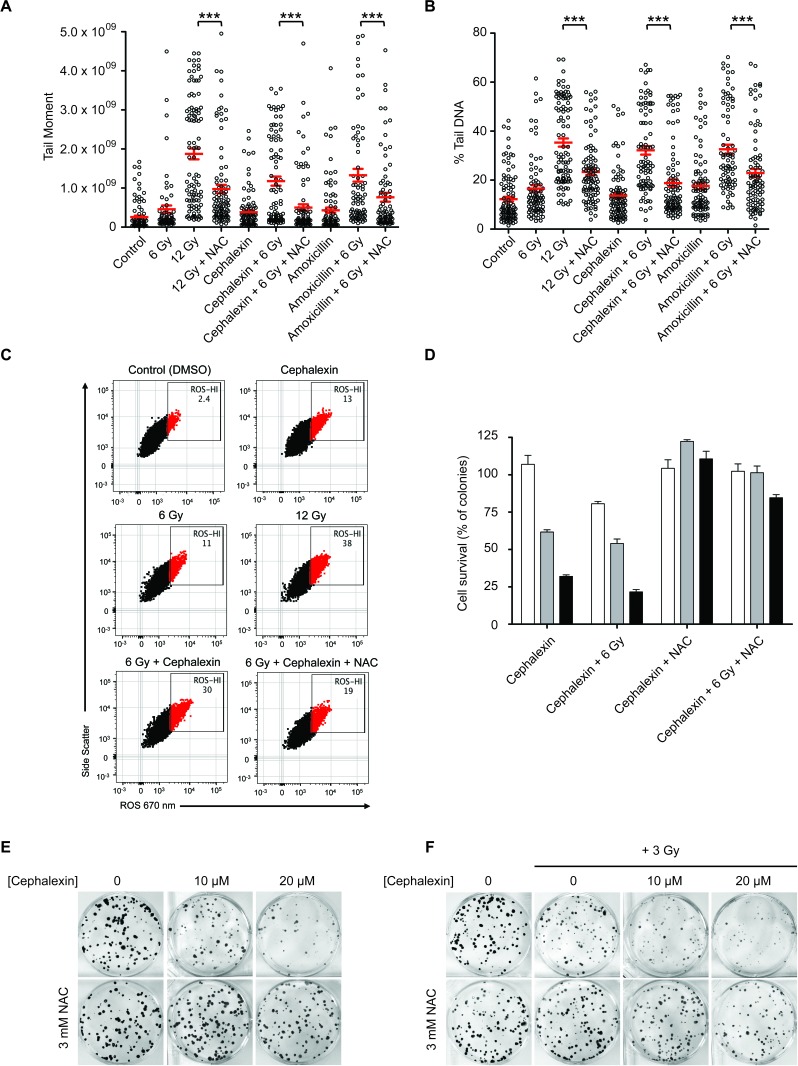Figure 5. Cephalexin induces ROS production which contributes to radiosensitization.
A. The antioxidant NAC suppresses the effect of beta-lactam antibiotics on DNA damage in irradiated B16.SIY cells. Cells were treated with 50 μM cephalexin or amoxicillin with or without 3 mM NAC 1 hour prior to IR. Comet assay analysis was performed after 24 hours. Plots of tail moment and B. Percent tail DNA are presented, with mean ± SEM indicated. ***, p ≤ 0.001, Mann-Whitney test. C. Cephalexin contributes to increased ROS levels. B16.SIY cells were treated with cephalexin (50 μM), 6 Gy or 12 Gy. Cells were stained with CellROX probe to detect hydroxyl and superoxide radicals, and analyzed by flow cytometry 24 hours later. Approximately 10,000 viable cells are shown per plot. Percent ROS-HI cells were gated as shown. ROS induced by cephalexin + 6 Gy was greater than that induced by cephalexin or 6 Gy alone and was reduced by NAC. D. NAC suppresses the effect of increasing doses of cephalexin on colony formation of B16.SIY cells. Cells were untreated (white) or treated with cephalexin at 10 μM (grey) or 20 μM (black), with or without 3 mM NAC, 1 hour prior to 3 Gy. Cell survival was evaluated 10 days post treatment. Mean ± SEM are shown. E. Clonogenic survival of B16.SIY cells following treatment with cephalexin ± NAC and F. with cephalexin ± NAC ± IR, 3 Gy. Representative images of clonogenic assay plates are shown.

